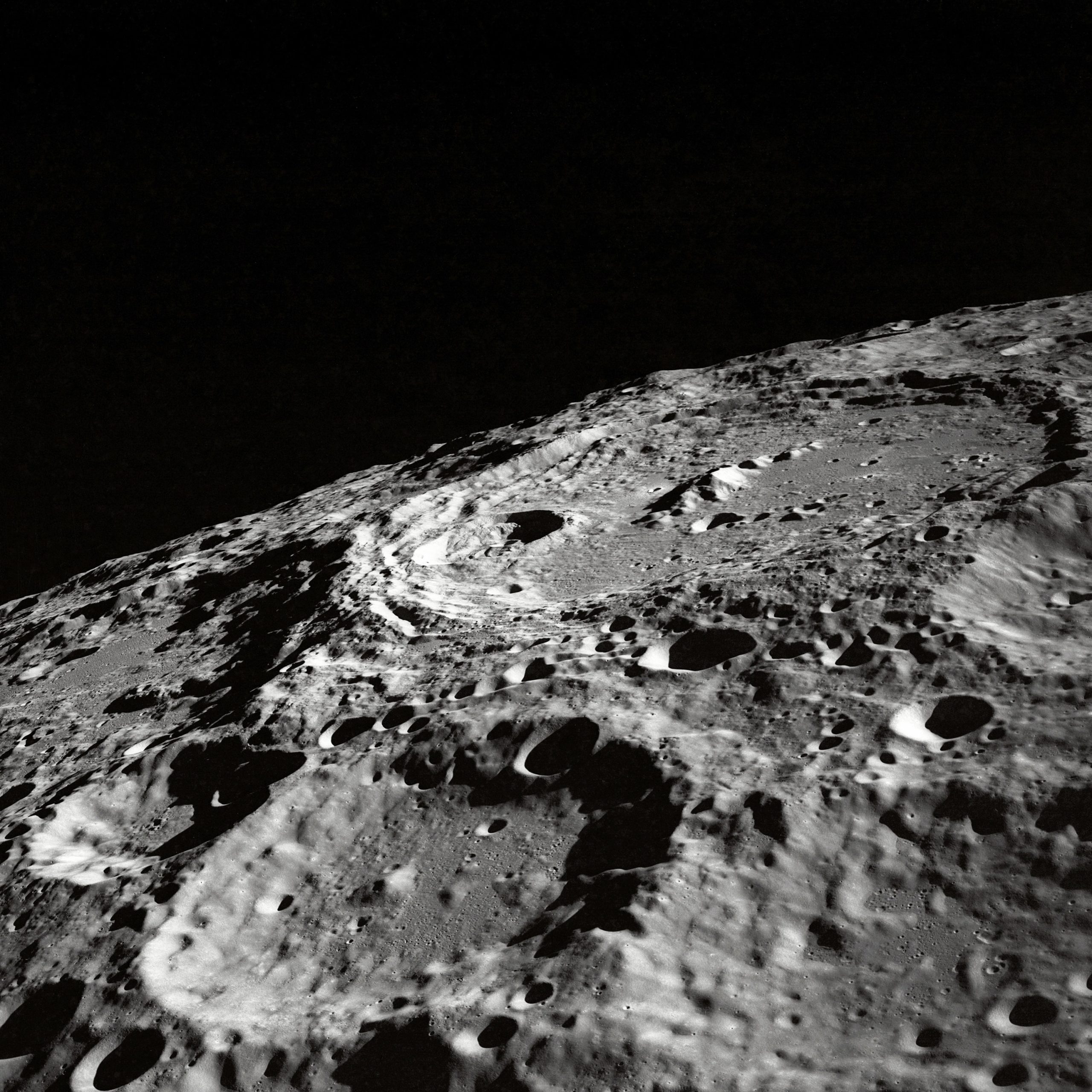Why is the Crescent Moon and Star Important to Islam?
Islam, one of the world’s major religions, has a rich symbolism deeply intertwined with its beliefs and practices. Among the various symbols associated with Islam, the crescent moon and star are instantly recognizable. Seen on flags, mosques, and various Islamic art forms, the crescent and star have come to represent the faith. But why are these symbols so important to Islam? In this blog post, we will explore the historical, cultural, and religious significance of the crescent moon and star in Islam.
The Historical Origins of the Crescent Moon and Star
While the crescent moon and star are widely associated with Islam today, their historical origins predate the religion itself. Historians believe that the crescent moon symbol originated in ancient Mesopotamia and was used to represent various deities associated with the moon, such as the god Sin in the Sumerian pantheon.
When Islam emerged in the 7th century CE, the crescent moon symbol was already in use in the Arabian Peninsula. However, it was not until the time of the Ottoman Empire that the crescent moon and star became closely associated with Islam. The Ottoman Empire, which spanned from the 14th to the early 20th century, adopted the crescent moon and star as its official symbols. As a powerful empire with a predominantly Muslim population, these symbols became synonymous with Islam in the eyes of many.
Symbolism in Islamic Culture
The crescent moon and star have deep cultural symbolism in Islamic society. The moon is often associated with contemplation and reflection, representing enlightenment and spiritual growth. The star, on the other hand, symbolizes guidance and illumination. Together, the crescent and star signify the light of wisdom shining upon the path of the faithful.
In Islamic art and architecture, the crescent and star motifs are commonly used as decorative elements. Intricate geometric patterns incorporating crescent moons and stars can be seen in mosques, palaces, and other Islamic structures. These designs represent the beauty and complexity of the universe, reflecting the Islamic belief in the harmony and order of God’s creation.
Religious Significance
While the crescent moon and star have cultural significance, they also hold religious significance for Muslims. The Quran, the holy book of Islam, does not explicitly mention the use of the crescent moon and star as religious symbols. However, some scholars interpret verses in the Quran that refer to the moon and stars as indirect references to the symbols.
In Islamic tradition, the sighting of the new crescent moon marks the beginning of each lunar month, which is the basis of the Islamic calendar. The crescent moon thus represents the passage of time and the cyclic nature of life. It also serves as a reminder for Muslims to engage in acts of worship and reflect on their spiritual journey.
Additionally, the crescent moon and star symbolize the Muslim community as a whole. They are often used to distinguish Islamic institutions and organizations, such as mosques, schools, and charities. The symbols serve as a unifying emblem, representing the shared faith and values of Muslims around the world.
Controversies and Misconceptions
Like any symbol, the crescent moon and star have faced controversies and misconceptions. Some critics have argued that the symbols have pagan origins and should not be associated with Islam. However, proponents of the symbols argue that their historical usage within the Muslim world justifies their presence in Islamic culture.
Another controversy arises from the misinterpretation of the crescent moon and star as religious idols. Islam strictly prohibits the worship of idols, as it promotes the worship of the one true God. Muslims who use the symbols, however, view them not as objects of worship but as representations of their faith and identity.
Inclusion and Unity
While the crescent moon and star may have specific cultural and religious significance within Islam, they also symbolize inclusion and unity. These symbols help create a sense of belonging and shared identity among Muslims, regardless of their cultural or geographical differences.
The crescent moon and star serve as a reminder of the shared experiences and beliefs that unite Muslims all over the world. They stand as a powerful visual representation of a global community striving to follow the principles of Islam.
Conclusion
The crescent moon and star have become iconic symbols of Islam, representing the faith’s cultural, historical, and religious significance. They serve as reminders of enlightenment, guidance, and unity within the Islamic community. While controversies and misconceptions surround these symbols, their inclusion in Islamic culture has deep roots and powerful meaning. As Islam continues to spread its message of peace and unity, the crescent moon and star will likely remain as important symbols of the faith for generations to come.
Table of Contents
